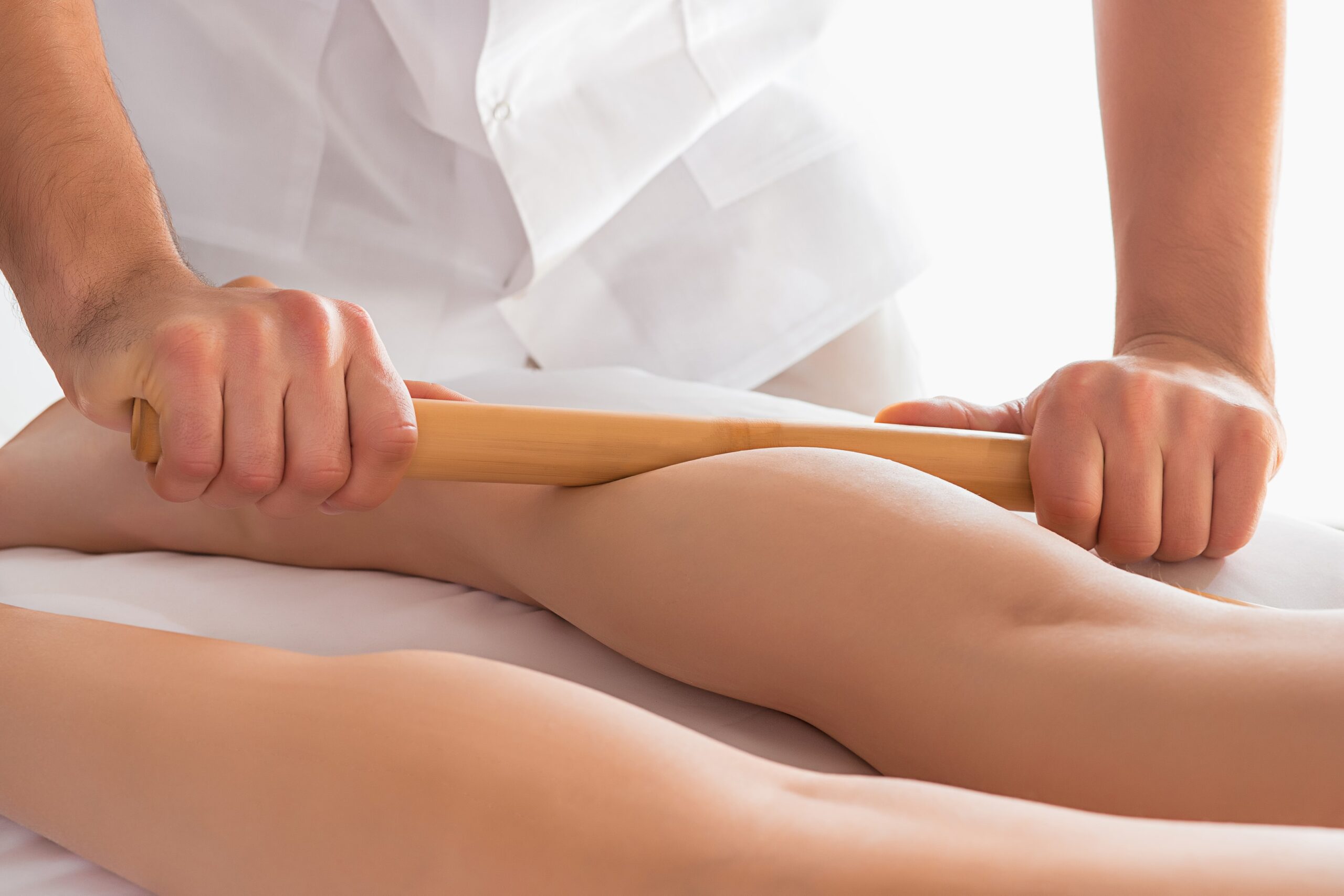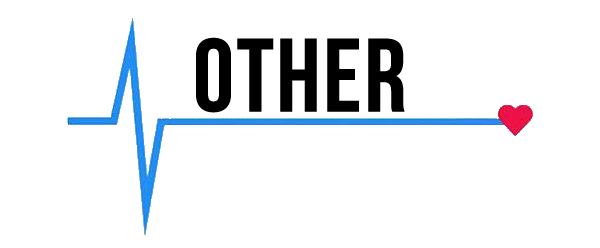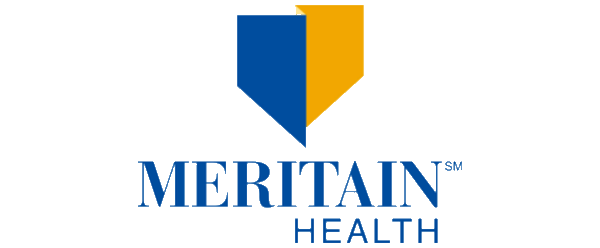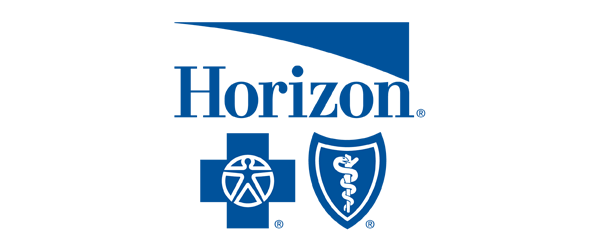Calf pain can hit anyone at any time, whether you’re a seasoned athlete or someone who spends long hours sitting at a desk.
The aching feeling ranges from a mild ache to sharp, stabbing pain. If you’re one of many who suffer from this condition, it’s understandable how frustrating it can be to deal with on a daily basis.
Let’s discuss the causes, symptoms, and treatment options for calf pain so that you can restore function to your lower leg and resume your daily activities pain-free.
Understanding Calf Pain
Calf pain refers to discomfort or pain in the back of the lower leg. The calf area consists of muscles, tendons, and other tissues that support movement and balance.
When these muscles become strained or injured, pain can develop and make everyday movements difficult.
The intensity of calf pain can vary from a mild ache to sharp discomfort that affects one or both legs. Common causes of calf pain include:
Muscle Strain
Muscle strain is one of the most common reasons for calf pain. This occurs when the calf muscles are overstretched or torn.
Sudden movements like sprinting or jumping often lead to muscle strain. Depending on the severity of the injury, the pain may feel like a mild ache or sharp discomfort.
Achilles Tendinitis
Achilles tendinitis is when the Achilles tendon is inflamed. This tendon connects the calf muscles to the heel bone and is responsible for helping your lower limbs move during running and walking.
Repetitive activities, such as running or walking long distances, are looked at as the primary culprits for Achilles tendinitis.
The pain typically starts as a mild ache at the back of the leg and may worsen with continued activity. If not addressed, Achilles tendinitis can lead to more severe issues.
Deep Vein Thrombosis (DVT)
Deep vein thrombosis is a condition characterized by the formation of blood clots in a deep vein, usually in the leg. Calf pain from DVT often comes with swelling, warmth, and redness in the affected leg.
This condition requires immediate medical attention because the blood clot can travel to the lungs and cause life-threatening complications.
Peripheral Artery Disease (PAD)
Peripheral artery disease occurs when narrowed arteries reduce blood flow to the limbs. This condition often causes pain in the legs, especially during physical activities like walking or climbing stairs.
The pain usually subsides with rest but returns with activity. PAD is a chronic condition that often requires lifestyle changes and medical care.
Muscle Cramps
Muscle cramps, often called “Charley horses,” are another common cause of calf pain. These involuntary muscle contractions can occur suddenly and cause intense pain.
Dehydration, lack of electrolytes, or prolonged physical activity often trigger muscle cramps. The pain from a cramp usually resolves quickly, though the muscle may feel sore afterward.
Symptoms and Signs of Calf Pain
Calf pain can manifest in various ways, depending on the underlying cause. Recognizing the signs and symptoms is important for understanding the severity and nature of the issue.
Here are the key indicators to watch for:
Common Symptoms of Calf Pain:
Here are the most common symptoms associated with calf pain.
- Aching or throbbing sensation: You may feel a dull, aching pain in your calf that can range from mild to severe. This pain often worsens with physical activity and might ease when resting.
- Sharp or stabbing pain: A sudden, sharp pain in the calf can occur, especially after physical exertion or injury. This type of pain may indicate a muscle strain or tear.
- Muscle tightness: The calf muscles might feel tight or stiff, making it difficult to walk or stretch your leg fully. This tightness can develop gradually or suddenly after activity.
- Swelling: Swelling in the calf often accompanies pain, especially after an injury. The area may appear puffy or swollen, and the skin might feel tight.
- Bruising: In cases of trauma or muscle tears, bruising can develop. This discoloration usually appears a few hours to a day after the injury and may be accompanied by tenderness.
- Cramping: Sudden, involuntary muscle contractions or cramps in the calf are common, especially at night or during physical activity. The pain from cramps is usually intense but short-lived.
Signs of a More Serious Condition:
If you notice these signs when you have calf pain, don’t delay and seek medical help immediately.
- Warmth and redness: If the calf feels warm to the touch and looks red, it might indicate an infection or deep vein thrombosis (DVT).
- Difficulty walking: Severe pain that makes it difficult or impossible to walk suggests a serious injury, such as a muscle tear or fracture.
- Pain that radiates: Pain that radiates from the calf to other parts of the leg could indicate nerve involvement, such as sciatica. This type of pain often feels sharp and may come and go.
- Persistent or worsening pain: Pain that does not improve with rest or worsens over time should not be ignored. This could be a sign of a more severe underlying issue that needs medical evaluation.
Treatment and Management
There are several ways you can address calf pain, and the most effective treatment options are:
Rest and Elevation
Resting the affected leg is one of the most important steps when dealing with calf muscle pain.
Overuse often leads to calf muscle strain, so giving the muscles time to recover can prevent further damage. Elevating the leg reduces swelling, which may be contributing to leg pain.
Rest and elevation together create an environment where the muscle can start healing and lead to a quicker recovery.
Ice Therapy
Applying ice to the calf can help reduce inflammation and numb the pain.
Ice therapy is particularly helpful in cases of calf muscle pain, especially when applied within the first 48 hours.
Wrapping ice in a towel and placing it on the affected area for 15 to 20 minutes several times a day can provide relief.
It’s important to avoid applying ice directly to the skin, as this can cause frostbite or skin irritation.
Compression
Using a compression bandage or sleeve can support the calf muscles and reduce swelling.
Compression helps maintain blood flow through the blood vessels, which aids in the healing process.
It also provides support to the muscles, reducing the risk of further injury. When using compression, make sure it is snug but not too tight to avoid cutting off circulation.
Stretching and Gentle Exercise
After the initial pain and swelling subsides, you can switch to gentle stretching and exercises to restore the calf muscle’s strength and flexibility.
Calf stretches, such as standing with one leg behind the other and pushing the heel to the ground, can gradually lengthen the muscle fibers.
Gentle exercises like walking or swimming can help rebuild strength without overloading the calf. These steps also help prevent calf pain in the future.
Massage Therapy
Massage can help relieve tension in the calf muscles, improve circulation, and promote relaxation.
A professional massage therapist can target the specific areas where pain is felt, helping to break down knots or tight spots in the muscle.
Self-massage using a foam roller or massage ball can also be beneficial, especially if done regularly.
Massage therapy is also effective in relieving muscle cramp symptoms that often accompany calf muscle strain.
Over-The-Counter Pain Relievers
For immediate relief, over-the-counter pain relievers like ibuprofen or acetaminophen can help manage the discomfort associated with calf pain.
These medications can reduce inflammation and provide temporary relief, allowing you to go about your day with less pain.
It’s important to follow the recommended dosage and consult a healthcare provider if the pain persists.
Physical Therapy
In cases where calf muscle pain is more persistent or severe, physical therapy may be necessary. A physical therapist can create a tailored program that includes exercises to strengthen the calf muscles and improve flexibility.
Physical therapy also addresses any underlying issues that may be contributing to the pain, such as improper posture or gait abnormalities.
How Wellness and Pain Can Help with Calf Pain
At Wellness and Pain, we know how calf pain can affect your daily routine.
Whether it’s due to an injury, overuse, or an underlying condition, our services focus on addressing the source of your pain and providing relief that lasts.
Here’s how our treatments can help you:
Nerve Conduction Velocity Testing
Sometimes, calf pain stems from nerve issues. We use Nerve Conduction Velocity (NCV) testing to assess the speed and strength of electrical signals in your nerves.
This test helps us identify any nerve damage or compression that might be causing your discomfort.
Using this information, we create a treatment plan tailored to your specific needs.
Trigger Point Injections
Muscle knots or spasms in your calf can be painful. Our trigger point injections target these tight muscle fibers with medication that helps relax the muscles and ease your pain.
This treatment works well for those dealing with muscle tension or conditions like fibromyalgia.
Massage Therapy
Massage therapy plays a key role in relieving calf pain. Our therapists use various techniques to boost circulation, reduce stiffness, and promote healing in your calf.
Regular massage sessions not only relieve pain but also improve flexibility and help prevent future injuries.
Acupuncture Therapy
Acupuncture therapy offers a natural way to treat calf pain. We insert fine needles into specific points on your body to stimulate healing.
This ancient practice reduces inflammation, improves blood flow, and relieves pain without medication.
Chiropractic Services
If your calf pain links to a misalignment in your spine or pelvis, our chiropractic services can help. Misalignments can put extra stress on the muscles and nerves in your legs, leading to pain.
Our chiropractors make gentle adjustments to correct these issues and reduce your discomfort.
At Wellness and Pain, we take a targeted approach to treating calf pain.
Our services work together to create a treatment plan that meets your needs and helps you get back to living without pain.
Advance Your Health And Overall Well-Being With Wellness and Pain
Wellness and Pain is here to help you take charge of your well-being. Whether you’re managing chronic conditions or looking to improve your overall health, we’re ready to assist you with proven treatment methods for addressing pain.
Contact us at (844)-949-2358 or fill out this form for more information.
FAQ About Calf Pain
When should I see a doctor for calf pain?
You should go see a doctor if the pain is severe, lasts more than a few days, or comes with swelling, redness, or trouble walking.
How can I prevent calf pain?
You can lower your chances of having calf pain by warming up before exercise, staying hydrated, and gradually increasing activity levels.
Can stretching help with calf pain?
Yes, gentle stretching can ease calf pain, especially when muscle tightness or cramps are the cause.











